Ford seems to have pleased a vast swath of its pony car fan-base with the all-new 2015 Mustang. With an exterior design that takes the original pony car into the 21st century, an advanced independent suspension system that makes the car handle like a dream, the revised 5.0L Coyote V8, and a brand new Shelby GT350 and GT350R track specials, Mustang fans seem agree: the sixth-generation ‘Stang is a huge home run. And Ford’s sales numbers prove it.
But drop the word EcoBoost into the conversation, and things could get ugly. Some may champion Ford’s decision to offer an optional turbocharged four-cylinder engine, while others may boo, hiss and the drop the obvious, “How could Ford do that to the Mustang!” line. Which, in all likelihood, will then be followed by an anecdote about a Mustang from the late 60s or early 70s.
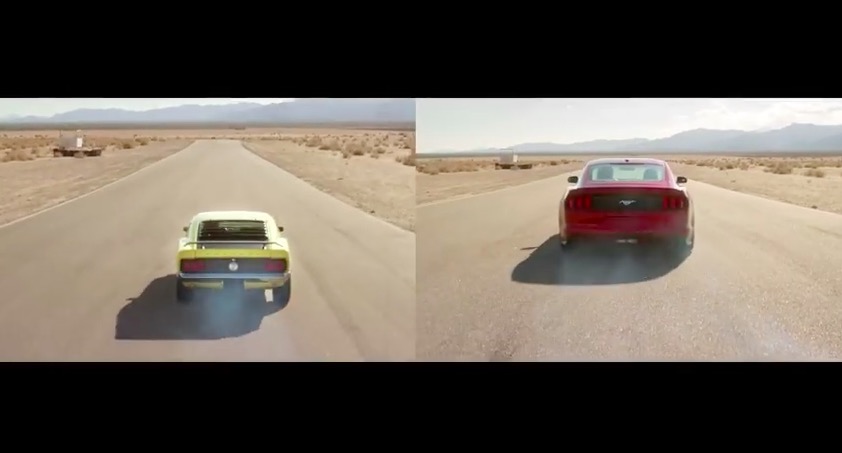
For those in the latter camp, we should say that the sentiment is fully understandable, and it’s difficult to heard the words “turbocharged 2.3L inline four-cylinder” and “Mustang” in the same sentence. So, to help remedy those fears, Ford gathered a 1970 Boss 302, what most would call a “real” Mustang, as well as a 2015 Mustang EcoBoost to see how the two compare. Here’s how the numbers stack up:
1970 Ford Mustang Boss 302
- Naturally-aspirated 4.9L V8 making 290 horses
- 0-60 MPH in 8.0 seconds
- A positively terrible 11 MPG
2015 Ford Mustang EcoBoost
- Turbocharged 2.3L I4 making 310 horses
- 0-60 MPH in 5.6 seconds
- A rather impressive combined 25 MPG
Whether automotive heresy or not, the new EcoBoost in the 2015 Mustang is a brilliant little inline-four. And, as we’ve noted, it’s well and deservedly a true mustang powerplant.

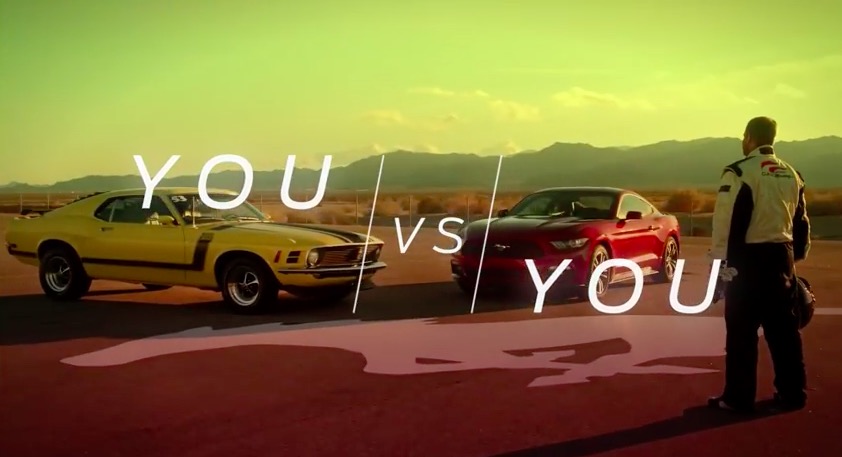
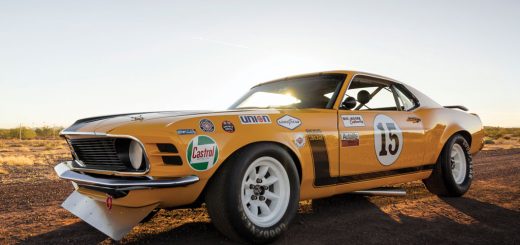
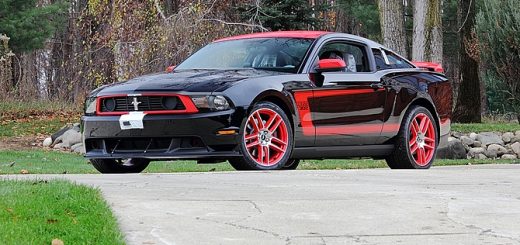
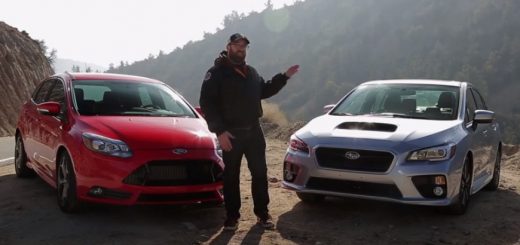
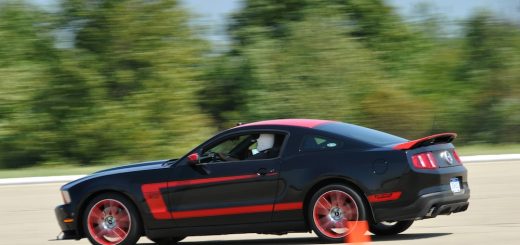
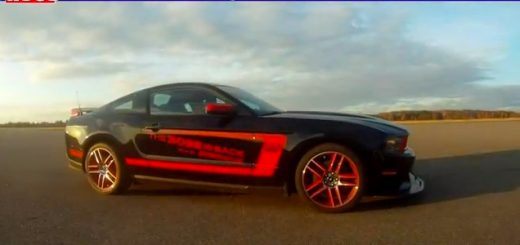
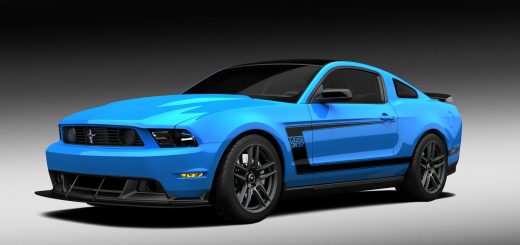






No Comments yet